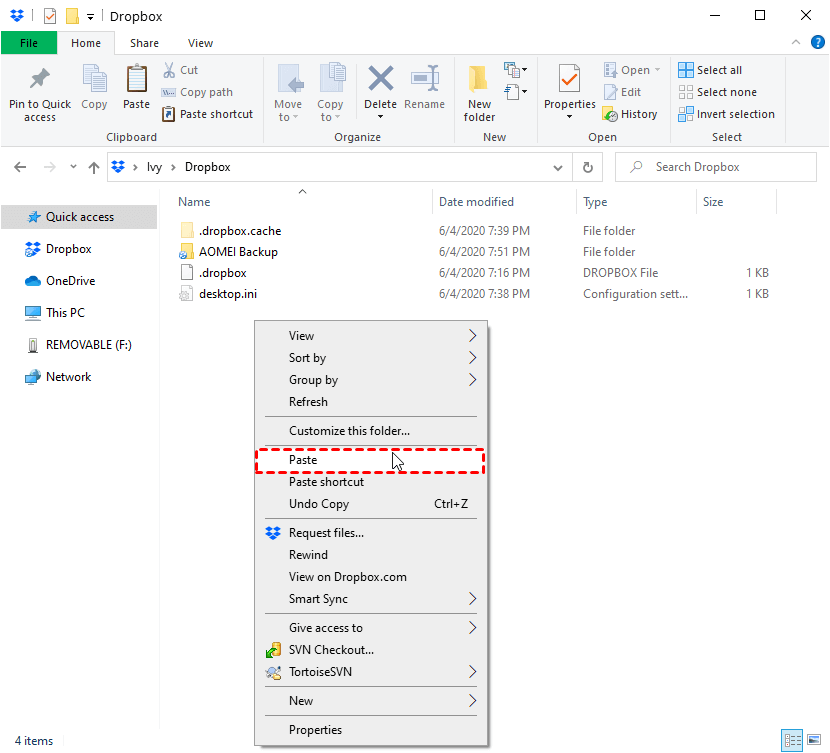

But it may pay off with more and more password boxes. Whether it has saved me lines of code, I'm not sure. Public PassableProperty Password2Property Private readonly PassableProperty m_password2Property Accessing the PasswordBox.Password property exposes the entered password as a plain string in memory, which is a security vulnerability in your system. This control has 2 properties that are of interest to us, Password and SecurePassword. xaml.cs file by using var plainPassword pwdBox.password I suggest you read this answer to a similar question where you get to know why you mustn't store this property value in any variable. However, in WPF there is a special control that is used for passwords.
However, for security reasons, the Password. You have to give a name to your PasswordBox. Public PassableProperty Password1Property When you need to obtain the password from the PasswordBox, you can use the Password property from Code-behind. Private readonly PassableProperty m_password1Property To provide custom content for the warning tooltip, use the CapsLockWarningToolTipTemplate property. Password property in PasswordBox is not a Dependency Property for some security reasons. Set the ShowCapsLockWarningToolTip property to true to display the CapsLock warning tooltip. New Propert圜hangedEventArgs(sPropertyName)) If the Caps Lock is turned on and the mouse pointer rests over the password box editor, the editor can display a warning tooltip. Private void RaisePropert圜hanged(string sPropertyName)

Public event Propert圜hangedEventHandler Propert圜hanged You can change the Password character by setting the PasswordChar property. When the user enters a password, it will be displayed as password characters. M_password2Property = new PassableProperty( WPF Passwordbox - PasswordBox is a control that allows the user to enter masked passwords. M_password1Property = new PassableProperty( Public class MyViewModel : INotifyPropert圜hanged Public PassableProperty(Func getter, Action setter) Private void PasswordBox_Loaded(object sender, RoutedEventArgs e) Var property = passwordBox.Tag as PassableProperty You can input text into PasswordBox with ActionMode Input, but you cannot verify and buffer the. If ((passwordBox != null) & (passwordBox.Tag != null)) You can steer PasswordBoxes as described in chapter TextBox. Private void PasswordBox_PasswordChanged(object sender, RoutedEventArgs e)
PUT CONTENT ON PASSWORDBOX WPF CODE
I've just been working on some code that involves multiple password boxes in one view, and I didn't want to end up wiring up lots of event handlers to cater for keeping the view and viewmodel in sync.


 0 kommentar(er)
0 kommentar(er)
